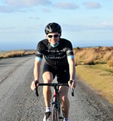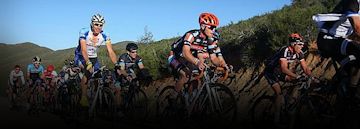We can spend a long time deciding what events we want to do each year, fitting them in around work and family life. We then invest hours a week training, sometimes in some pretty awful conditions in the winter or indoors on a turbo trainer. We think about how we are going to taper to make sure that we are well rested, and meticulously calculate our nutrition requirements so that we are well fuelled both before and during the ride.
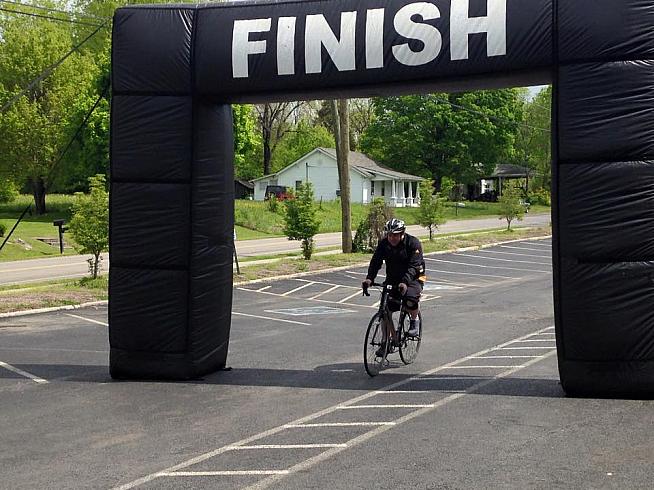
I know plenty of riders who put a lot of effort into their training and never really even look at the course map which is always provided by the organizers.
You see it at every event - the first few miles are ridden at breakneck speed, usually led by someone who looks quite powerful with a very expensive bike and brand new gear. After a few miles the pace catches up with them and they get dropped on the first sign of an incline and you pass them.
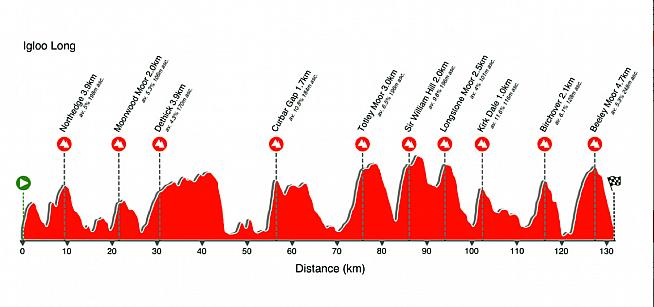
- Understand the distance that you are riding and have the basic endurance to complete the required distance.
- Look at the organizer's website and study the route to see how it plays out. Where are the hills, how many of them are there, how spaced out are they? Where are the flat sections and how long are they?
- Look and see where the feed stations are located and have a feeding strategy in place before you set off.
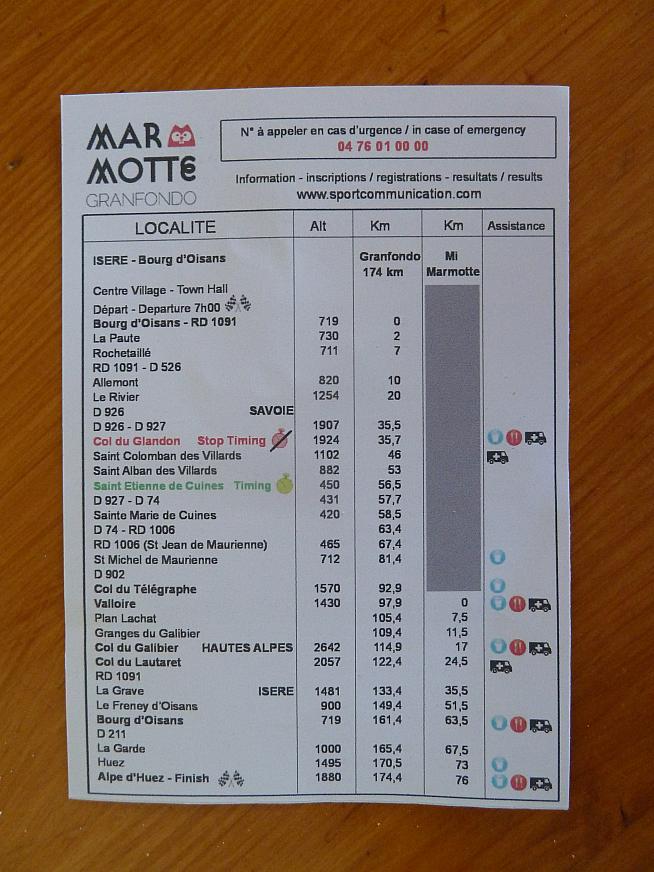 An example of a route card with details of food and water stops as well as distances and elevations.
An example of a route card with details of food and water stops as well as distances and elevations. - Make a note of all the major hills and the feed stations on a piece of paper and tape it to your bike toptube so that you can reference it during the ride.
- A few days beforehand check the weather forecast and make a note of the wind direction and weather conditions. Do this again the day before your ride, and if possible, on the morning of the ride. Make a note of where the headwinds and tailwinds are forecast and formulate your ride strategy accordingly.
Now that you understand the course, the weather and have a feeding strategy you need to decide how you are going to ride the course.
There are a huge amount of variables that come into play here and there is no one size fits all strategy. However, the following can be used as a general guide for challenging events that are significantly longer or hillier than your usual training or club ride.
- 50 - 60% of your ride will have to be ridden in your Endurance Training Zone so below 90% of your Threshold Heart Rate or 78% of your Maximum Heart Rate. For those of you using Strava it is Zone 1 & 2 Endurance and Moderate. If you are riding without a heart rate monitor your Endurance Perceived Effort should feel comfortable and you should be able to hold a conversation and be breathing rhythmically.
- Try to flatten out the ride by maintaining a more consistent power or effort rather than gunning it up the hills and cruising the flat sections.
- Pace yourself up the hills. Set off easy and end strong and try and keep your heart rate below Threshold for most of the climb. This is around 85% of Maximum Heart Rate. This should feel uncomfortable but manageable and you should have to focus on maintaining effort and be breathing deeply and frequently.
- On short sharp climbs of over 10% get out of the saddle and focus on maintaining a good rhythm. You may not be able to control your heart rate on these climbs and have to go into the red, so go as slowly as you can and focus on the next few meters ahead of you. After the climb recover at an easy pace for a few minutes before increasing to ride pace again.
- On your cycle computer screen make sure that you can see your heart rate so that you can make adjustments to your current pace. Also you will need to display your average heart rate and make sure that this is not above your Endurance Heart Rate Zone 1 (or Zone 2 on Strava). Have the distance displayed so that you know where you are on the course and where the next climbs are going to occur by referencing the sticker on your top tube.
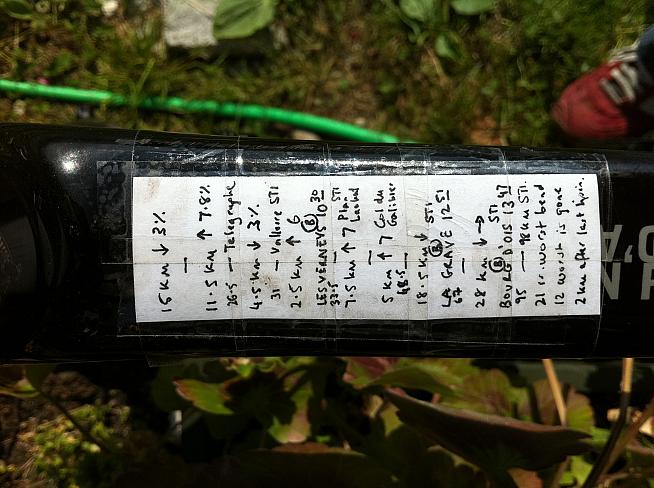 Even if only you can read them notes taped to your top tube or stem are invaluable.
Even if only you can read them notes taped to your top tube or stem are invaluable. - If you find that you are riding too hard or are in a group that is riding too fast, back off and sit at the back of the bunch, or if in a small group of friends or solo, just back off the pace and let your heart rate settle and your body recover before increasing to ride pace again.
- Take advantage of tailwinds and push the pace a bit. In strong headwinds it is good to find a group, if possible, and ride 'through and off 'so that everyone takes a turn. If you are on your own then ride into a headwind smoothly on the drops and drop down a gear or two and up your cadence.
- Aim to be able to finish strong. There is nothing better for your confidence and your time than being able to ride at race pace in the closing stages of a long sportive - it will also depress 100% of the riders you pass as well!
Here is an illustration of how your heart rate or effort should be distributed on a long granfondo.
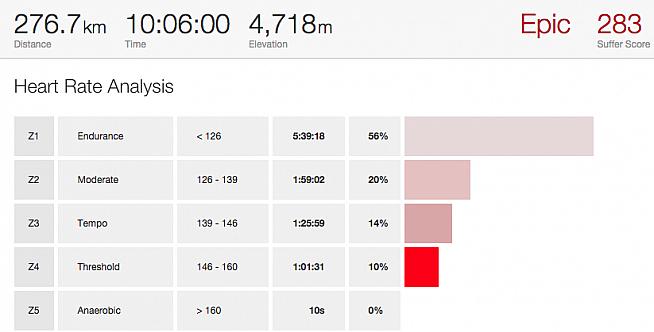
Rob Wakefield is a fully qualified Level 3 Cycling Coach with the Association of British Cycling Coaches and founder of Propello, a cycling focused health and fitness business delivering Performance Training Programmes and Bespoke Coaching to cyclists anywhere in the world.
All cyclists who are looking to improve their speed, endurance or strength will benefit from a structured training programme. Propello Training will improve how your muscles, lungs and heart work and will enable your body to transport and utilise fuel effectively - making you faster and stronger for longer.
Click here to learn more about Propello.
0 Comments

